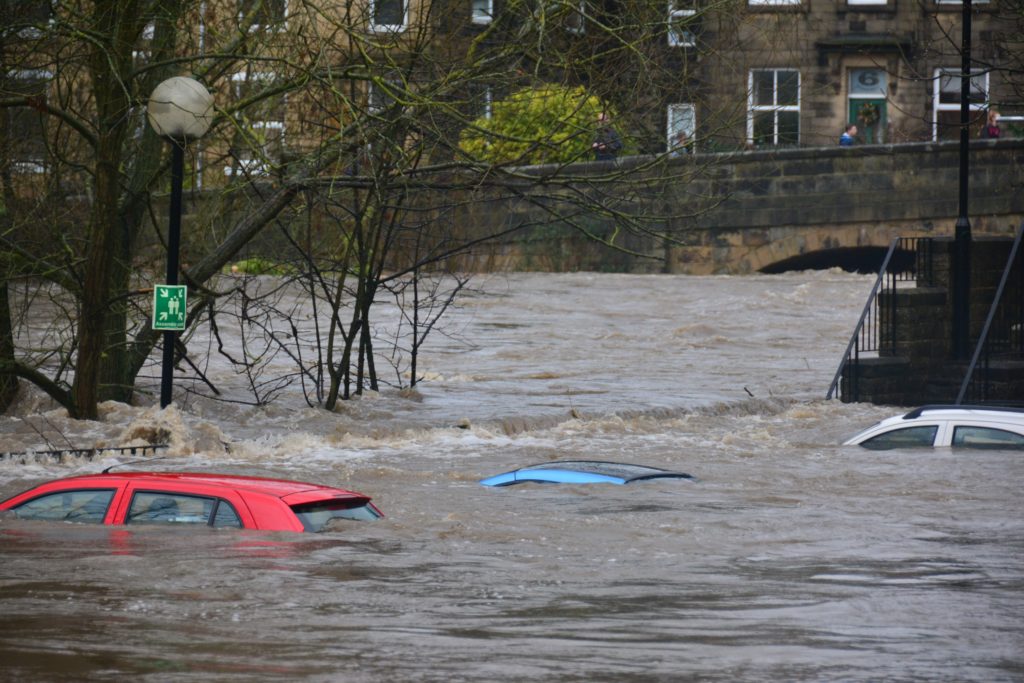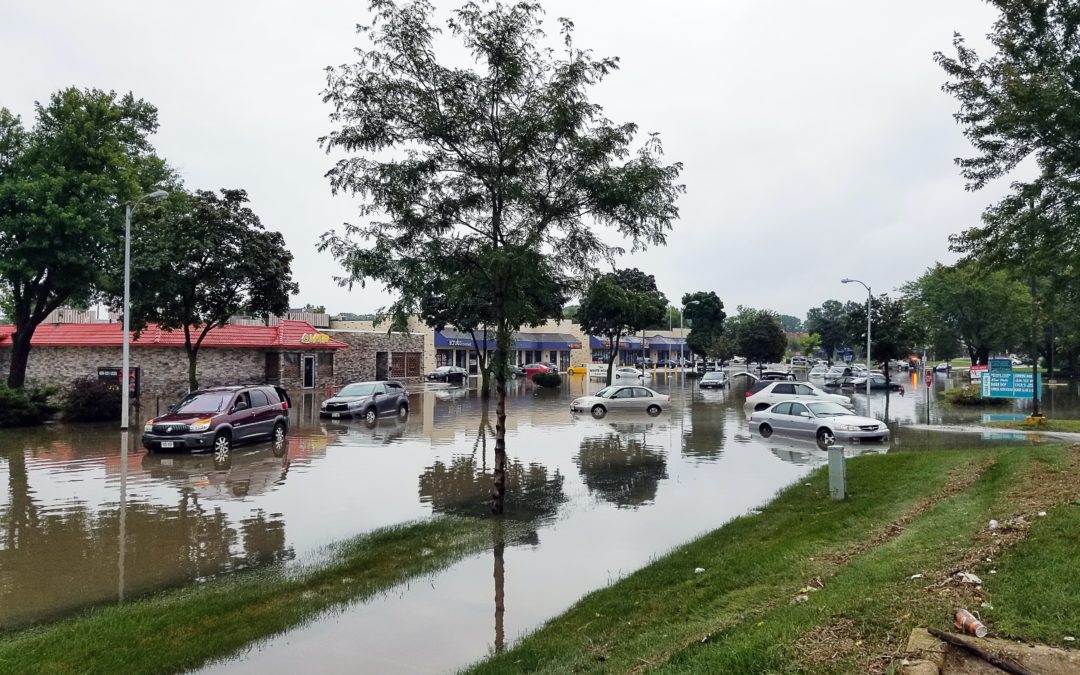When Hurricane Ian made landfall in Florida, we saw many photos of cars submerged and floating in water on the news. What happened to those cars? Insurance companies are busy processing claims for vehicles destroyed by Ian’s powerful storm surge and flooding. These cars are supposed to be “totaled” by insurance companies and sold for scrap or sold for parts. But already, cars damaged by the hurricane may be showing up in the used car marketplace. Scammers are experts at disguising cars that have been underwater to keep unsuspecting buyers unaware they may be buying a damaged car.
“We are seeing these flooded cars show up all around the country, putting unsuspecting buyers at risk,” said Emilie Voss, CARFAX spokesperson in a press release. “Cosmetically these cars might look great, but if you don’t know what to look for, it’s nearly impossible to tell they are literally rotting from the inside out.”
With new and used cars in short supply, eager buyers may not be aware that unscrupulous people are trying to sell them damaged vehicles.
Scammers “Wash” the Title
Fraudsters “wash” the title of flooded vehicles totaled by insurance companies. They take the Vehicle Identification Number (VIN) from a similar vehicle that has been junked and attach it to the flooded vehicle. And then they can make repairs. The flooded car will take on a different VIN number and a completely different history that does not include a salvage title.
Companies like CARFAX collect information using the VIN number to assemble a history of the vehicle. Getting a vehicle’s history report is a good idea, however, it’s not infallible, especially if fraudsters “washed” the title. Buyers should still inspect the car themselves and get a second opinion if unsure.
Tips to Help Identify a Water-Damaged Vehicle
CARFAX has a free Flood Check® tool, a national map that shows where flood cars have washed up, and a flood damage checklist at carfax.com/flood.
Here are 7 telltale signs from Carfax that a car has been flooded:
- A musty odor in the interior, which sellers sometimes try to cover with a strong air-freshener
- Upholstery or carpeting that may be loose, new, stained or that doesn’t match the rest of the interior
- Damp carpets
- Rust around doors, under the dashboard, on the pedals, or inside the hood and trunk latches
- Mud or silt in the glove compartment or under the seats
- Brittle wires under the dashboard
- Fog or moisture beads in the interior lights, exterior lights, or instrument panel
In addition to these tips, Experian’s Auto Check offers a free tool to help buyers steer clear of flooded-out cars and vehicles with hidden flood damage from recent hurricanes, and keep buyers from getting stuck with a flood-damaged vehicle.

Flood Damage Wreaks Havoc on Cars
Besides fatal electrical issues, flooding takes a toll on other parts of the car too which can affect your health and safety. Mold and waterborne bacteria in the seats or ventilation system can make people sick. Brakes can warp and rust. Airbags and seatbelts could be compromised. Flood damage can even cause the engine to overheat.
Shopping for a used vehicle for your personal or professional use? Healy Group advisors have access to a wide range of products from multiple carriers and can offer guidance on a variety of products, coverages, and prices.
About the Author
 John Kersey joined Healy Group in 2003 and has over 30 years of experience designing risk management programs for commercial clients. As a risk management advisor, John strives to build strong relationships with his clients and business partners to understand their needs better and provide the best risk management strategies for their unique situations.
John Kersey joined Healy Group in 2003 and has over 30 years of experience designing risk management programs for commercial clients. As a risk management advisor, John strives to build strong relationships with his clients and business partners to understand their needs better and provide the best risk management strategies for their unique situations.
Note: https://www.yahoo.com/news/damaged-cars-hurricane-ian-enter-014221043.html


Recent Comments